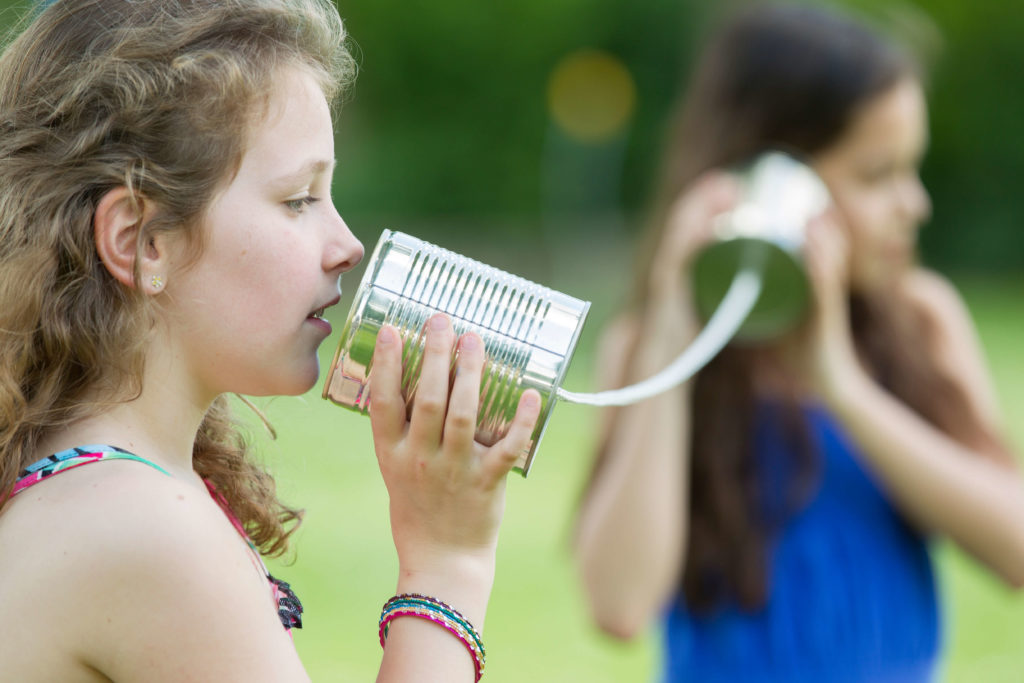Speech and Language – What is the Difference?

We often hear the phrases, “Your child needs speech,” or “My child receives speech therapy,” but it’s not as common to hear, “Your child needs language therapy,” or “My child receives speech and language therapy.” This has led to a lot of confusion for individuals who are not speech-language pathologists. Did you know speech and language are actually two completely different things?
What is Speech and What is Language?
Speech includes: articulation (the formulation of sounds using the tongue, teeth and lips), voice, and fluency. When a child has trouble making his sounds correctly, such as saying “tat” for “cat” or has problems with his voice (hoarseness) or fluency (stuttering) he has a speech disorder. This is separate from a child’s ability to organize thoughts using the correct word or combination of words.
Language is the ability to understand others in order to share thoughts and ideas completely and clearly. It does not have to do with how sounds are made. We separate language into two parts: receptive language and expressive language.
Receptive Language
This is a child’s ability to understand language. It is known as input. It includes both verbal (words and sentences) and nonverbal (gestures) language. Receptive language includes several things. For example, a child’s ability to understand a directive as a command. It also includes understanding that a question is a question and therefore, requires an answer. It also includes a child’s ability to understand concepts such as “in” or “big” as well as their ability to correctly interpret complex grammatical forms. For example, understanding that in the phrase, “The baby was kissed by the lady,” it was the lady who did the kissing, not the baby. In typical development, children begin to develop some receptive understanding before they begin to express themselves.
Expressive Language
This is a child’s language output. It includes a child’s ability to use words and grammar rules that dictate how words are combined to make phrases, sentences, and paragraphs. Expressive language includes a child’s use of signs, gestures, sentences, etc.
An easy way to remember the difference between receptive and expressive language is receptive language is how a child understands language and expressive language is how a child uses language. When a child has difficulty understanding others or sharing their thoughts clearly and completely, he has a language disorder.
Language disorders and speech disorders can occur together or by themselves; therefore, your child may only receive therapy to work on improving receptive and/or expressive language or they may receive therapy to work on improving articulation (speech). They may also receive therapy to work on improving expressive and/or receptive language AND articulation (speech).
